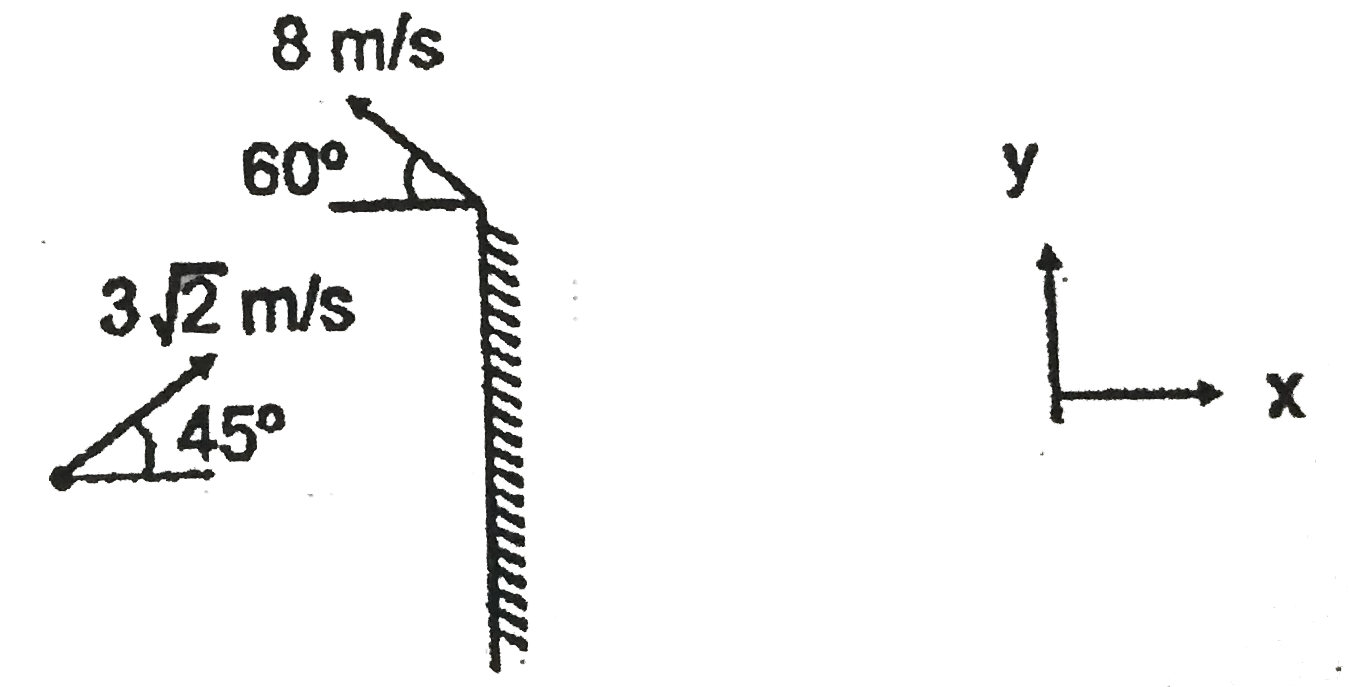See the figure
Find the equivalent focal length of the combination shown in the figure and position of image.

For the concave lens
1f=−(n−1)(1R1−1R2)=(32−1)(1−10−)−110)=12×210=110
And, fn=R2=102=5cm
∴1feq=1fm−21f
=15+2×110=25,feq=2.5cm
Topper's Solved these Questions
- GEOMATRICAL OPTICS BOOK - RESONANCE ENGLISHCHAPTER - GEOMATRICAL OPTICS EXERCISE - Exercise-1
141 Videos
- GEOMATRICAL OPTICS BOOK - RESONANCE ENGLISHCHAPTER - GEOMATRICAL OPTICS EXERCISE - Exercise-2
62 Videos
- GEOMATRICAL OPTICS BOOK - RESONANCE ENGLISHCHAPTER - GEOMATRICAL OPTICS EXERCISE - Advance level Problems
35 Videos
- EXPERIMENTAL PHYSICSBOOK - RESONANCE ENGLISHCHAPTER - EXPERIMENTAL PHYSICSEXERCISE - PART -II
10 Videos
- GRAVITATIONBOOK - RESONANCE ENGLISHCHAPTER - GRAVITATIONEXERCISE - HIGH LEVEL PROBLEMS
16 Videos
Similar Questions
Find out equivalent focal length of given lens combination.
_2019_CBT5_E01_036_Q01.png)
View SolutionThe equivalent capacitance of the combination show in figure is

View SolutionFind the equivalent capacitance of the combination between A and B in the figure.

View SolutionIn the situation shown in figure, find the velocity of image.

View SolutionIn the situation shown in figure, find the velocity of image.

View Solution
Find focal length of the system as shown if figure.
Find image position.
View SolutionFind the equivalent capacitances of the combinations shown in figure between the indicated points.

View SolutionThe equivalent capacitance for the network shown in the figure is

View Solution
Find focal length of the system shown in figure from left hand side.
View SolutionFind the equivalent capacitance of the combination shown in figure (31.10) between the points P and N.

View Solution
